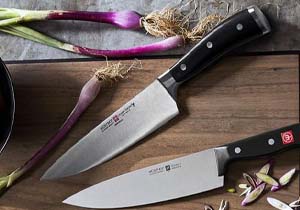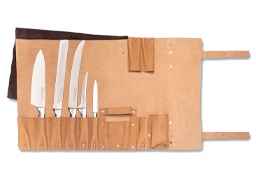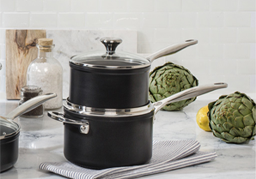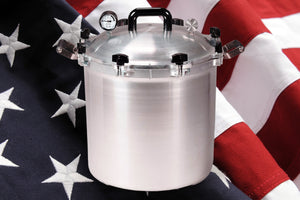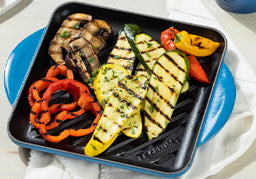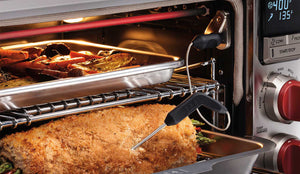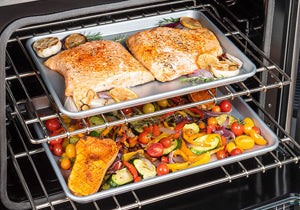
What is the Difference Between Japanese Knives and German Knives?
Knives are an essential part of every kitchen, and each knife serves its own purpose. Paring knives are perfect for small, precise cuts. A salmon knife removes the delicate skin from fresh salmon effortlessly. A boning knife gives you control when breaking down a whole chicken or butterflying pork chops. There are countless knife options for different purposes, but most knives are either German or Japanese made. So what is the difference?

The main differences between German cutlery and a Japanese cutlery are the edges’ angle and the hardness of the steel, which ultimately factors into the purpose of the knife. The edge of a blade determines how the knife functions while you slice and dice. For clean and precise slices, the edge is usually straighter. Many professional chefs have mastered the art of the rocking cut, which is when a chef cuts with a rocking motion without leaving the cutting board. This is trickier to master, but usually offers faster results. An edge that is more curved is better for allowing the rocking technique.
Steel is an alloy composed of iron and carbon. The hardness of the steel is directly affected by the amount of carbon, and the hardness determines the steel's durability. Along with the steel and edge, Japanese knives and German knives are constructed differently too, and serve many different functions. While these differences make each knife unique, one type of knife is not superior to the other, and both are necessary for a kitchen.
When it comes to Japanese knives, these typically contain more carbon compared to German knives. Japanese knives are harder, which results in a more brittle blade, meaning they usually have to be sharpened more often. Japanese knives are hand-refined in order to offer the cleanest cuts, and are constructed to enable more controlled movements. Their blades taper inside the handle, making for a lighter, front-weighted knife. Japanese knives are perfect for precise slicing, which you can often see in use at teppanyaki grills. For more general purpose Japanese knives, the santoku or gyuto offer more versatility than other types of Japanese knives.


